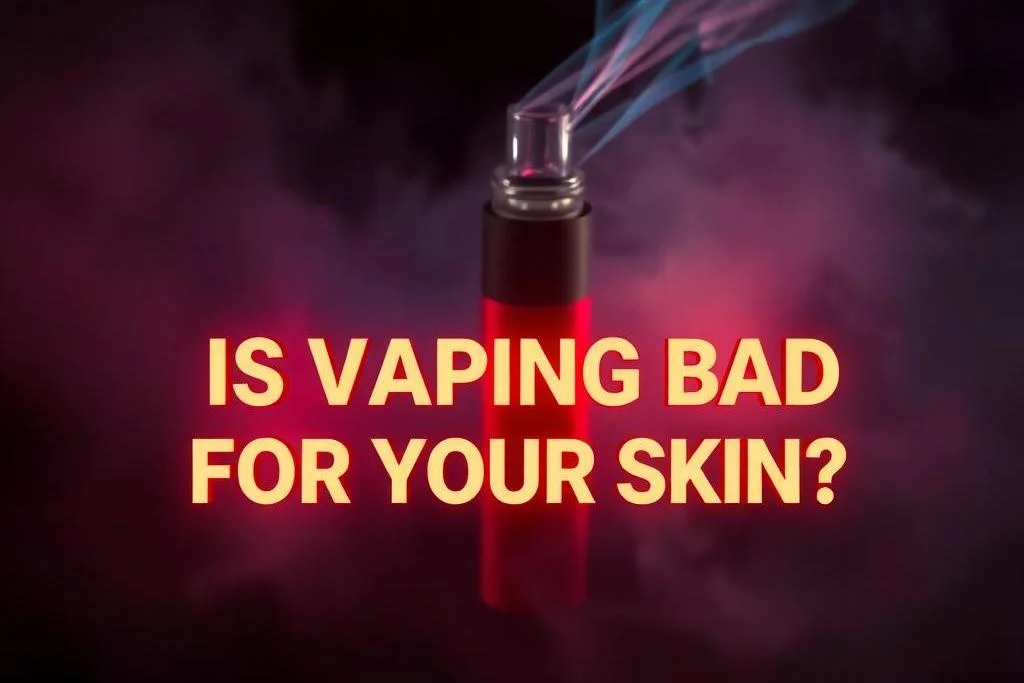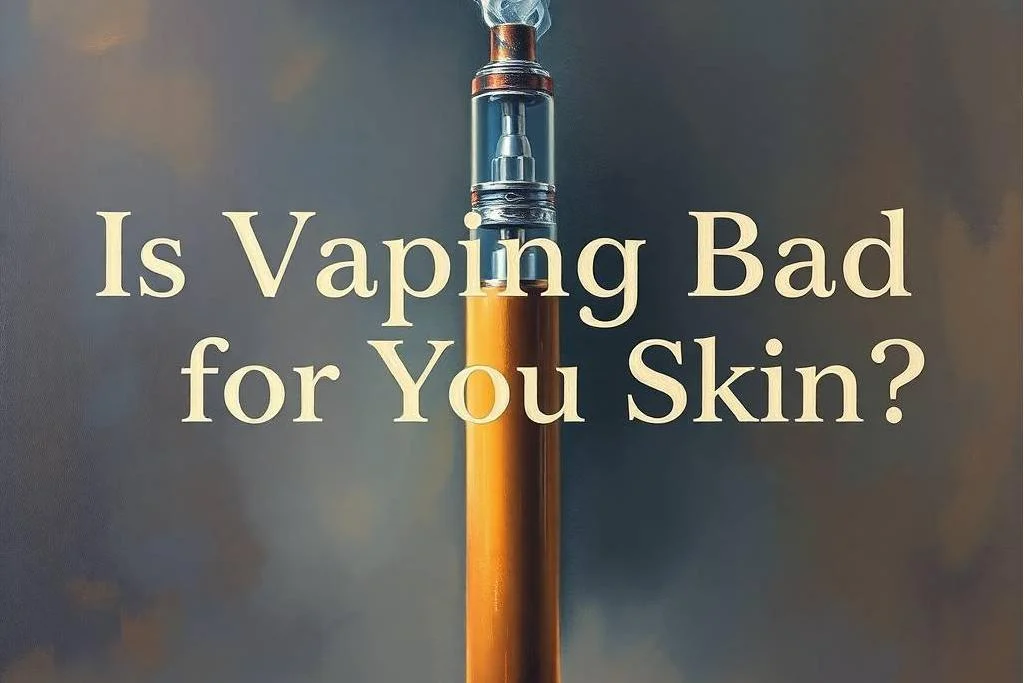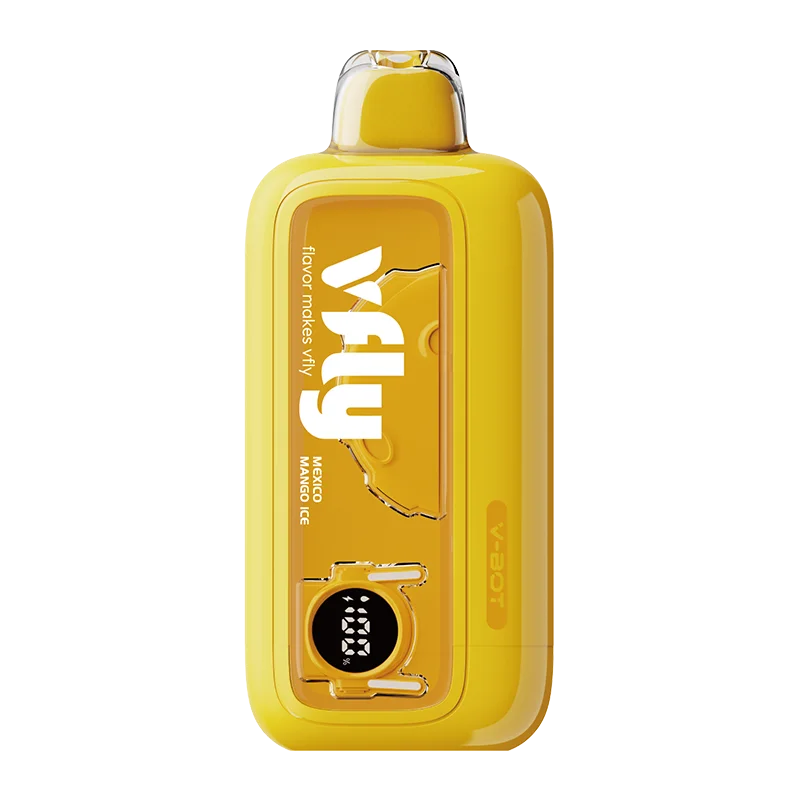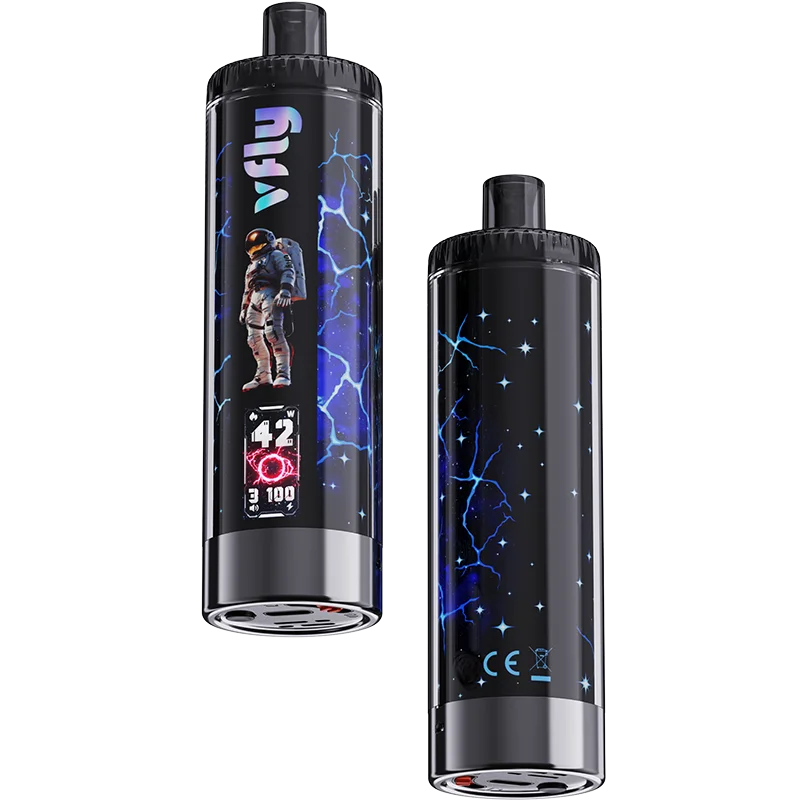Is Vaping Bad for Your Skin?
Vaping is often marketed as a less harmful alternative to smoking, but many people still wonder how it affects the body beyond the lungs. One growing concern is skin health. From dryness and premature aging to acne flare-ups, vaping may play a role in how your skin looks and feels. This guide explores the potential effects of vaping on skin, what causes these changes, and how to minimize the risks.
How Vaping Can Affect Your Skin
- Dehydration and Dryness The ingredients in e-liquids, particularly propylene glycol (PG) and vegetable glycerin (VG), are humectants that draw moisture. While this helps produce vapor clouds, it can also leave your skin and lips dry.
- Premature Aging Nicotine, commonly found in vape products, reduces blood flow by narrowing blood vessels. This limits oxygen and nutrient delivery to the skin, accelerating fine lines and wrinkles.
- Acne and Breakouts Some users report an increase in acne when vaping. Nicotine can alter hormone levels, increase oil production, and affect inflammation—all of which may contribute to breakouts.
- Delayed Healing Nicotine has been shown to slow down wound healing by reducing collagen production and restricting circulation. This could affect skin recovery after cuts, scrapes, or cosmetic procedures.
- Potential Sensitivity Reactions Certain e-liquid flavorings and additives can cause irritation or allergic reactions in sensitive individuals, leading to redness, rashes, or itching.

How to Reduce Skin Risks from Vaping
- Stay Hydrated: Drinking plenty of water helps counter dehydration.
- Moisturize Daily: Use a hydrating lotion or serum to maintain skin balance.
- Limit Nicotine Intake: Lower nicotine levels may reduce negative effects on circulation and skin health.
- Maintain a Healthy Routine: Balanced diet, regular exercise, and skincare can help offset some of vaping’s effects.
- Consult a Dermatologist: If you notice persistent irritation, breakouts, or delayed healing, professional advice is best.

Conclusion
Vaping may not damage the skin as severely as smoking, but it still carries risks that affect skin health. Ingredients like propylene glycol and vegetable glycerin can dehydrate the skin, while nicotine reduces blood flow, leading to dryness, acne, premature aging, and slower healing. Even nicotine-free vaping can trigger irritation or sensitivity due to flavorings. Staying hydrated, moisturizing, limiting nicotine, and maintaining a healthy lifestyle can help reduce these effects, but quitting altogether offers the best long-term benefits for skin health.
FAQs
1. Is vaping worse for your skin than smoking?
Smoking is generally more harmful to the skin than vaping because it introduces thousands of toxic chemicals that accelerate aging and damage collagen. However, vaping still carries risks such as dryness, acne, and premature aging due to nicotine and dehydrating ingredients.
2. Can vaping cause acne?
Yes. Vaping may trigger acne by affecting hormone levels, increasing oil production, and causing dehydration. Breakouts are often seen around the mouth and chin, areas most exposed to vapor.
3. Does nicotine-free vaping affect skin?
Even without nicotine, vaping can still dry out the skin due to PG and VG. While the risk of reduced circulation and aging is lower without nicotine, sensitivity reactions and dryness remain possible.
4. Will quitting vaping improve my skin?
Yes. Many people notice improvements in skin hydration, texture, and overall complexion after quitting vaping. Blood circulation improves, which helps oxygen and nutrients reach skin cells more effectively.
5. How can I protect my skin if I vape?
Stay hydrated, use moisturizer daily, avoid high-nicotine e-liquids, and maintain a consistent skincare routine. Eating antioxidant-rich foods and limiting sun exposure can also help protect the skin.



